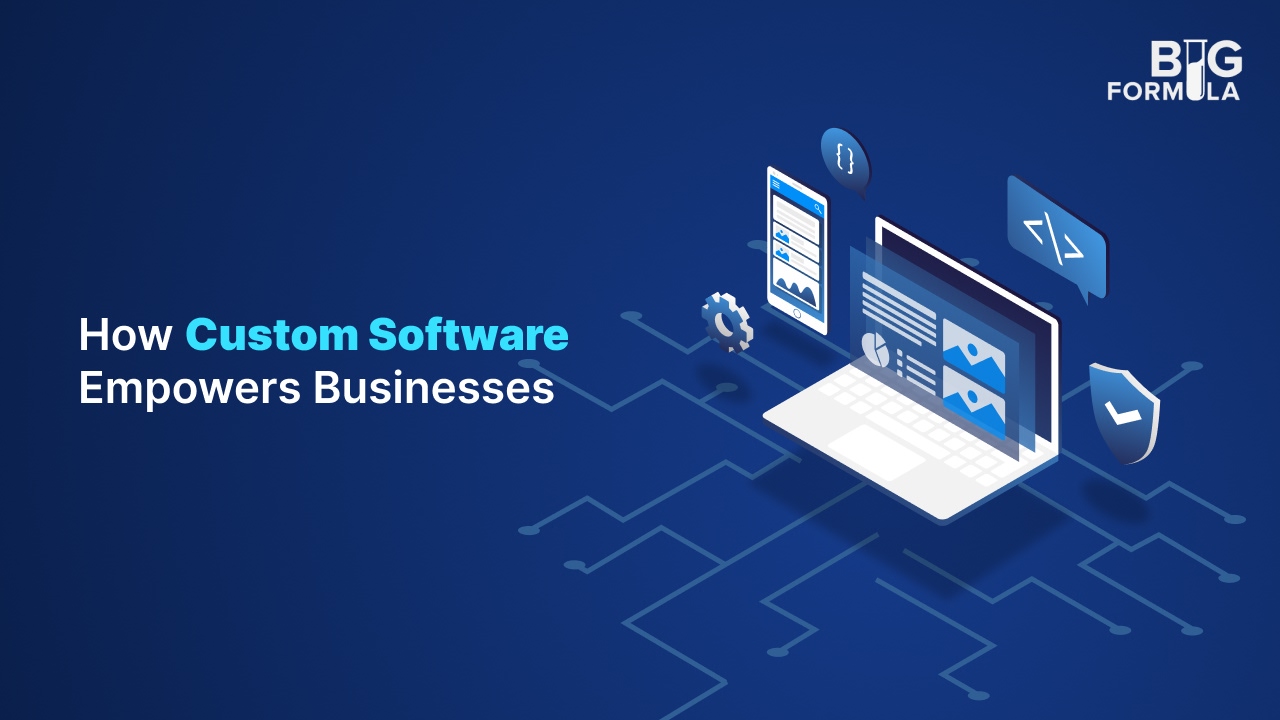Biometric Technology: The Key to Authenticating Identity in the Digital World
Over the years, with technology, the science of authenticating identity using biological characteristics has grown manifolds – well enough that today Biometric Technology and its many applications have been indispensable to human survival, especially in the digital realm

Way back in the 1800s, in Paris, France, a Police officer by the name Alphonse Bertillon developed a unique method for identifying, classifying, and comparing criminals using specific body measurements. Although this wasn’t the first account where unique human features and markers were studied and analysed, it still was the first recorded one; and thus began our journey into the absolute and intricate science of authenticating identity using biological characteristics. Not long after, in the late 1880s, fingerprinting technology garnered popularity and the fingerprint became the symbol of personal identity – a condition still widely accepted and used till date. Of course, over the years, with technology, the science has grown manifolds – well enough that today Biometric Technology and its many applications have been indispensable to human survival, especially in the digital realm.
Today, the same technology is used to combat fraud and malpractice at a microscopic, administrative level and to secure borders and fight terrorism on the global stage. Such is the diverse use of the technology that the use of biometrics has seeped into almost every aspect of our lives. In 2013, the supermarket giant Tesco famously installed screens at their payment tills to scan customers’ faces and display targeted advertisements to them. Their cameras study the customers’ ages and genders, the algorithms behind them work out their location, the time and date and even monitor their purchases – all to render a holistic brand experience.
As the one that got the ball rolling, the legal industry and law enforcement of course has long been using biometric technology to identify criminals. The fact that the CSI franchise as a television series has been up and running since 2000 is quite telling in that matter. Starting with physiological features, fingerprints, mug shots, today, automated biometric identification systems have come a long way and can create and store biometric information that match biometric templates for the face, finger, and even iris. Today, legal agencies are equipped with technology that can unravel even the most complex cases using simple biometric markers.
For us, at BIGFORMULA Solutions, the lure of biometric technology is more in what it can safeguard than what it can reveal. We understand that human identification markers have already been thoroughly and comprehensively catalogued. Automated biometric identification systems are already in use in several countries across the world to ensure civil identities, population registration and voter registration. Closer to home, the Aadhar card has successfully bio-tagged the largest democracy in the world! In such a world, we understand the technology’s capacity to secure data in the advanced digital world. We understand the particular needs of the legal industry; the significance of the information in constant motion here, both in matter and material; the urgent need to secure the information, regulate access and authentication; and the capacity of biometric technology to address that need.
We also understand that biometric technology is not a silver bullet for authentication and access challenges. Like most tech-based solutions, they come with their own set of technical, business, social and legal troubles. We understand that organisations that use biometrics must incorporate additional security into their systems in order to secure authorisation databases, and we recognise that such techniques can provide strong authentication but not infallibility. To that end, we have used biometric authentication features in several of our solutions to secure access and to validate authority in deft, sophisticated and hyper-accurate ways that simultaneously address the need for higher security of both the information in question and the biometric database used for securing it – all without burning holes into our clients’ pockets. A win-win we would say. How about you?
Curious about how you can incorporate biometric technology in your workplace?
Discuss your needs and goals with BIGFORMULA.
Reach out to us and schedule a Free Legal Tech Consultation




